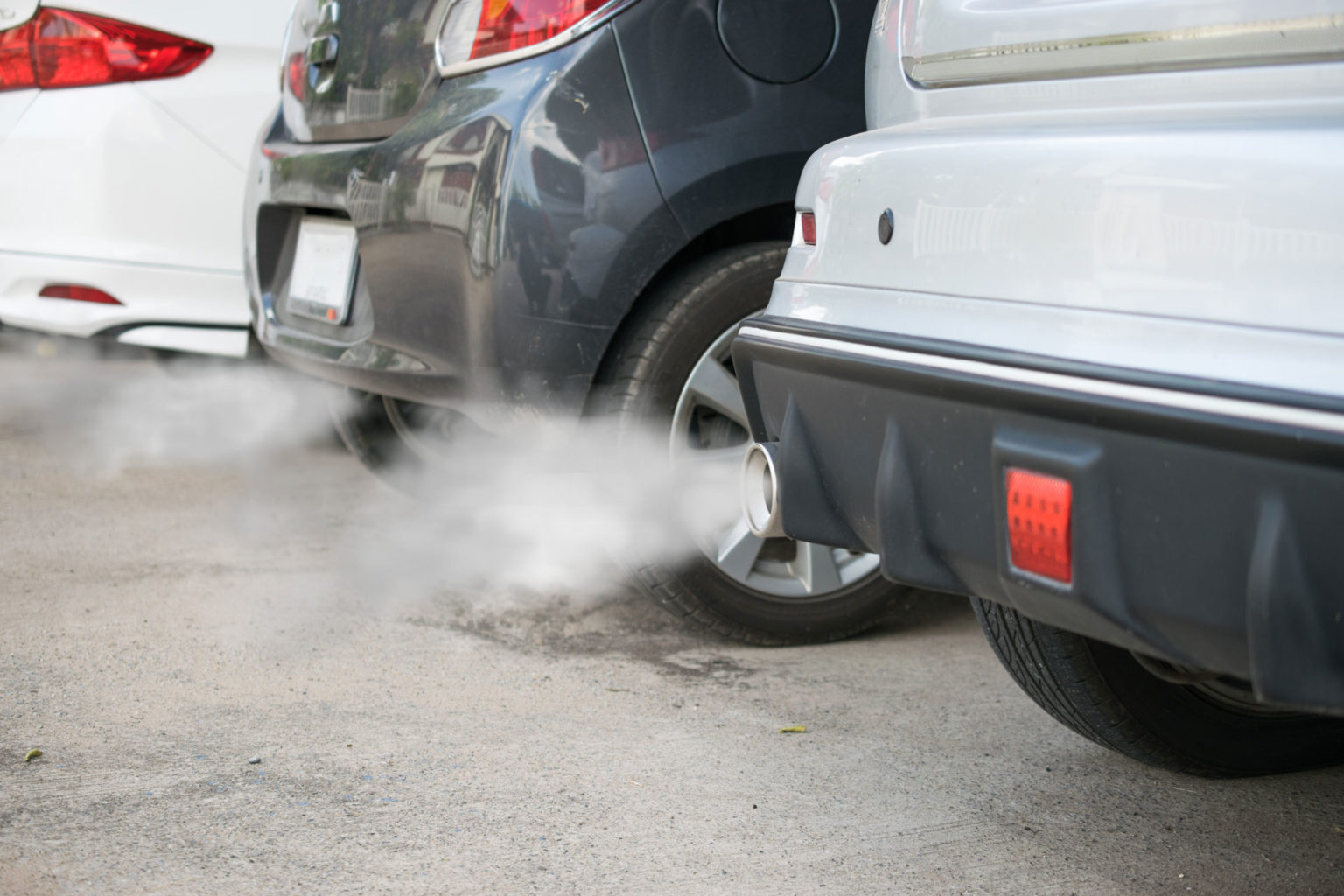
What are emissions standards, and why do they matter? Emissions standards are rules set by governments to control the amount of pollution released by vehicles and industries. These regulations aim to reduce harmful pollutants like carbon monoxide, nitrogen oxides, and particulate matter. Why do they matter? They help protect public health by improving air quality and reducing the risks of respiratory diseases. Cleaner air also means less environmental damage, preserving ecosystems and reducing the impact of climate change. Meeting these standards often pushes companies to innovate, leading to more efficient and eco-friendly technologies. Understanding emissions standards is crucial for anyone interested in environmental protection and sustainable living.
What Are Emissions Standards?
Emissions standards are regulations set by governments to control the amount of pollutants released into the atmosphere by vehicles and industrial processes. These standards aim to reduce air pollution and protect public health.
- The first emissions standards were introduced in California in 1966.
- The Clean Air Act of 1970 was a significant milestone in U.S. emissions regulation.
- Euro emissions standards are used across Europe to regulate vehicle emissions.
- China has its own set of emissions standards known as China National Standards.
- Emissions standards often target pollutants like carbon monoxide, nitrogen oxides, and particulate matter.
Why Emissions Standards Matter
Emissions standards play a crucial role in improving air quality and reducing health risks associated with pollution. They also encourage technological advancements in cleaner engines and industrial processes.
- Poor air quality can lead to respiratory diseases and other health issues.
- Emissions standards help reduce the environmental impact of transportation and industry.
- Cleaner air contributes to better overall public health and lower healthcare costs.
- Stricter standards can drive innovation in green technologies.
- Countries with stringent emissions standards often see a decrease in pollution-related deaths.
How Emissions Standards Are Implemented
Governments use various methods to enforce emissions standards, including testing, fines, and incentives for cleaner technologies. These measures ensure compliance and encourage continuous improvement.
- Vehicles must pass emissions tests to be legally sold in many countries.
- Non-compliance with emissions standards can result in hefty fines.
- Some governments offer tax incentives for purchasing low-emission vehicles.
- Emissions testing can be done using portable devices or in specialized facilities.
- Regular updates to standards ensure they remain effective as technology evolves.
The Impact of Emissions Standards on Automakers
Automakers must adapt to meet emissions standards, which can influence vehicle design, manufacturing processes, and market strategies. Compliance can be challenging but also offers opportunities for innovation.
- Meeting emissions standards often requires significant investment in research and development.
- Automakers may need to redesign engines and exhaust systems to reduce emissions.
- Hybrid and electric vehicles are becoming more popular as they produce fewer emissions.
- Some automakers have faced legal action for failing to meet emissions standards.
- Compliance with emissions standards can enhance a brand's reputation for environmental responsibility.
Global Variations in Emissions Standards
Emissions standards vary widely around the world, reflecting different priorities and levels of economic development. Understanding these differences is essential for global businesses and policymakers.
- The European Union has some of the strictest emissions standards globally.
- Developing countries may have less stringent standards due to economic constraints.
- Japan's emissions standards are known for their rigor and focus on fuel efficiency.
- The United States has separate standards for different states, with California having the toughest.
- International organizations like the United Nations work to harmonize emissions standards across borders.
Future Trends in Emissions Standards
As concerns about climate change and air quality grow, emissions standards are likely to become even stricter. Future regulations will continue to push for cleaner technologies and more sustainable practices.
- Emerging technologies like hydrogen fuel cells and advanced battery systems could revolutionize emissions standards.
The Final Word on Emissions Standards
Emissions standards play a crucial role in reducing air pollution and protecting public health. They set limits on the amount of pollutants that vehicles and industrial sources can emit. Over the years, these standards have become stricter, pushing manufacturers to develop cleaner technologies. This has led to significant improvements in air quality and a reduction in harmful emissions like carbon monoxide, nitrogen oxides, and particulate matter.
Understanding emissions standards helps us appreciate the efforts made to combat environmental issues. It also highlights the importance of continued innovation and regulation to ensure a healthier planet. By staying informed and supporting policies that promote cleaner air, we contribute to a sustainable future. So next time you hear about emissions standards, remember their impact on our environment and health.
Was this page helpful?
Our commitment to delivering trustworthy and engaging content is at the heart of what we do. Each fact on our site is contributed by real users like you, bringing a wealth of diverse insights and information. To ensure the highest standards of accuracy and reliability, our dedicated editors meticulously review each submission. This process guarantees that the facts we share are not only fascinating but also credible. Trust in our commitment to quality and authenticity as you explore and learn with us.


